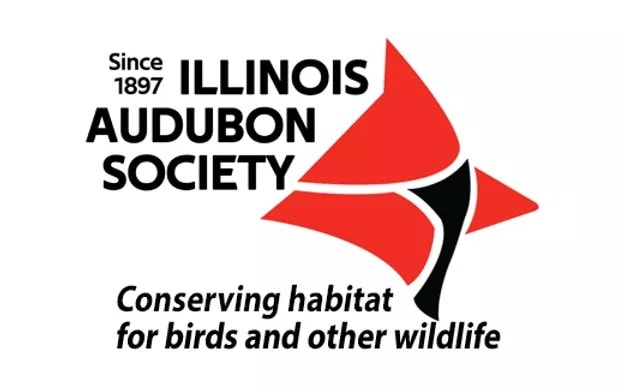Illinois Audubon Society—A Dip Net and Creatures Wet Quiz
A Dip Net and Creatures Wet by Patty Gillespie
Here is a perfect quiz to follow on the heels of our shorebird quiz! Let’s learn about some of those critters shorebirds are searching for in the mudflats and shallow waters.
Along the shore of a lake or at the edge of a river or beside a wetland, I extend my reach, dip my net down through the shallows, skim it along the bottom, and tug it back. As I lift the net, water drips through. Aquatic species assemble at the bottom of the net. Some wiggle and squirm; some shimmer and sparkle reflecting sunlight; some jump and flip.
Certain aquatic organisms can serve as indicator species during biological monitoring. A number of macroinvertebrates are “intolerant”; such species are not capable of surviving within an aquatic environment tainted by pollutants nor within water bodies depleted of oxygen. Others, such as rat-tailed maggots and mosquito larvae, can thrive in yucky water. If the “intolerant” or highly sensitive species are discovered within the whole mix of organisms in the dip net, then the water is considered “good quality,” suggesting that a body of water can support a complex and diverse aquatic community. Learn more about an aquatic habitat monitoring project, Illinois RiverWatch, in the summer 2020 edition of Illinois Audubon.
Choose which of the two pictured organisms exhibits the characteristic(s) described in each statement.
Learn about the Illinois Audubon Society at illinoisaudubon.org and like us on Facebook.
